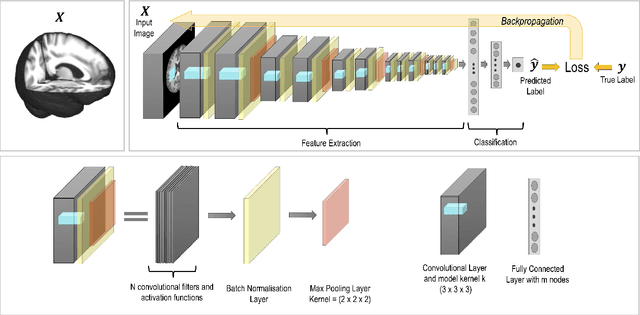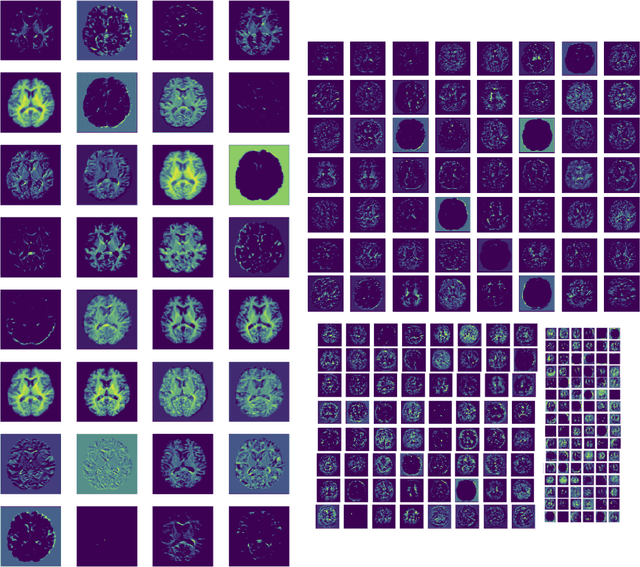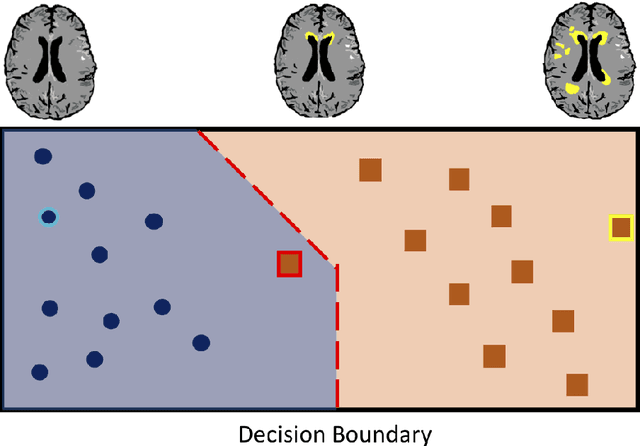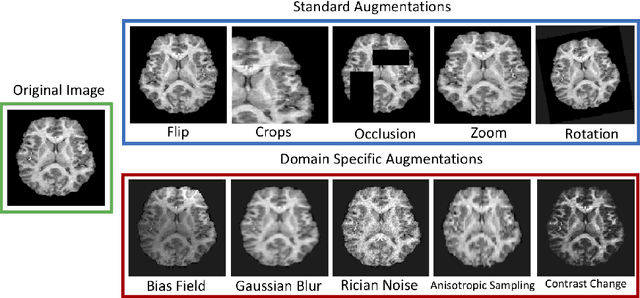Emma Bluemke
Constitutional Classifiers: Defending against Universal Jailbreaks across Thousands of Hours of Red Teaming
Jan 31, 2025



Abstract:Large language models (LLMs) are vulnerable to universal jailbreaks-prompting strategies that systematically bypass model safeguards and enable users to carry out harmful processes that require many model interactions, like manufacturing illegal substances at scale. To defend against these attacks, we introduce Constitutional Classifiers: safeguards trained on synthetic data, generated by prompting LLMs with natural language rules (i.e., a constitution) specifying permitted and restricted content. In over 3,000 estimated hours of red teaming, no red teamer found a universal jailbreak that could extract information from an early classifier-guarded LLM at a similar level of detail to an unguarded model across most target queries. On automated evaluations, enhanced classifiers demonstrated robust defense against held-out domain-specific jailbreaks. These classifiers also maintain deployment viability, with an absolute 0.38% increase in production-traffic refusals and a 23.7% inference overhead. Our work demonstrates that defending against universal jailbreaks while maintaining practical deployment viability is tractable.
Visibility into AI Agents
Feb 04, 2024

Abstract:Increased delegation of commercial, scientific, governmental, and personal activities to AI agents -- systems capable of pursuing complex goals with limited supervision -- may exacerbate existing societal risks and introduce new risks. Understanding and mitigating these risks involves critically evaluating existing governance structures, revising and adapting these structures where needed, and ensuring accountability of key stakeholders. Information about where, why, how, and by whom certain AI agents are used, which we refer to as visibility, is critical to these objectives. In this paper, we assess three categories of measures to increase visibility into AI agents: agent identifiers, real-time monitoring, and activity logging. For each, we outline potential implementations that vary in intrusiveness and informativeness. We analyze how the measures apply across a spectrum of centralized through decentralized deployment contexts, accounting for various actors in the supply chain including hardware and software service providers. Finally, we discuss the implications of our measures for privacy and concentration of power. Further work into understanding the measures and mitigating their negative impacts can help to build a foundation for the governance of AI agents.
Towards Publicly Accountable Frontier LLMs: Building an External Scrutiny Ecosystem under the ASPIRE Framework
Nov 15, 2023Abstract:With the increasing integration of frontier large language models (LLMs) into society and the economy, decisions related to their training, deployment, and use have far-reaching implications. These decisions should not be left solely in the hands of frontier LLM developers. LLM users, civil society and policymakers need trustworthy sources of information to steer such decisions for the better. Involving outside actors in the evaluation of these systems - what we term 'external scrutiny' - via red-teaming, auditing, and external researcher access, offers a solution. Though there are encouraging signs of increasing external scrutiny of frontier LLMs, its success is not assured. In this paper, we survey six requirements for effective external scrutiny of frontier AI systems and organize them under the ASPIRE framework: Access, Searching attitude, Proportionality to the risks, Independence, Resources, and Expertise. We then illustrate how external scrutiny might function throughout the AI lifecycle and offer recommendations to policymakers.
Exploring the Relevance of Data Privacy-Enhancing Technologies for AI Governance Use Cases
Mar 20, 2023Abstract:The development of privacy-enhancing technologies has made immense progress in reducing trade-offs between privacy and performance in data exchange and analysis. Similar tools for structured transparency could be useful for AI governance by offering capabilities such as external scrutiny, auditing, and source verification. It is useful to view these different AI governance objectives as a system of information flows in order to avoid partial solutions and significant gaps in governance, as there may be significant overlap in the software stacks needed for the AI governance use cases mentioned in this text. When viewing the system as a whole, the importance of interoperability between these different AI governance solutions becomes clear. Therefore, it is imminently important to look at these problems in AI governance as a system, before these standards, auditing procedures, software, and norms settle into place.
Challenges for machine learning in clinical translation of big data imaging studies
Jul 07, 2021



Abstract:The combination of deep learning image analysis methods and large-scale imaging datasets offers many opportunities to imaging neuroscience and epidemiology. However, despite the success of deep learning when applied to many neuroimaging tasks, there remain barriers to the clinical translation of large-scale datasets and processing tools. Here, we explore the main challenges and the approaches that have been explored to overcome them. We focus on issues relating to data availability, interpretability, evaluation and logistical challenges, and discuss the challenges we believe are still to be overcome to enable the full success of big data deep learning approaches to be experienced outside of the research field.
 Add to Chrome
Add to Chrome Add to Firefox
Add to Firefox Add to Edge
Add to Edge